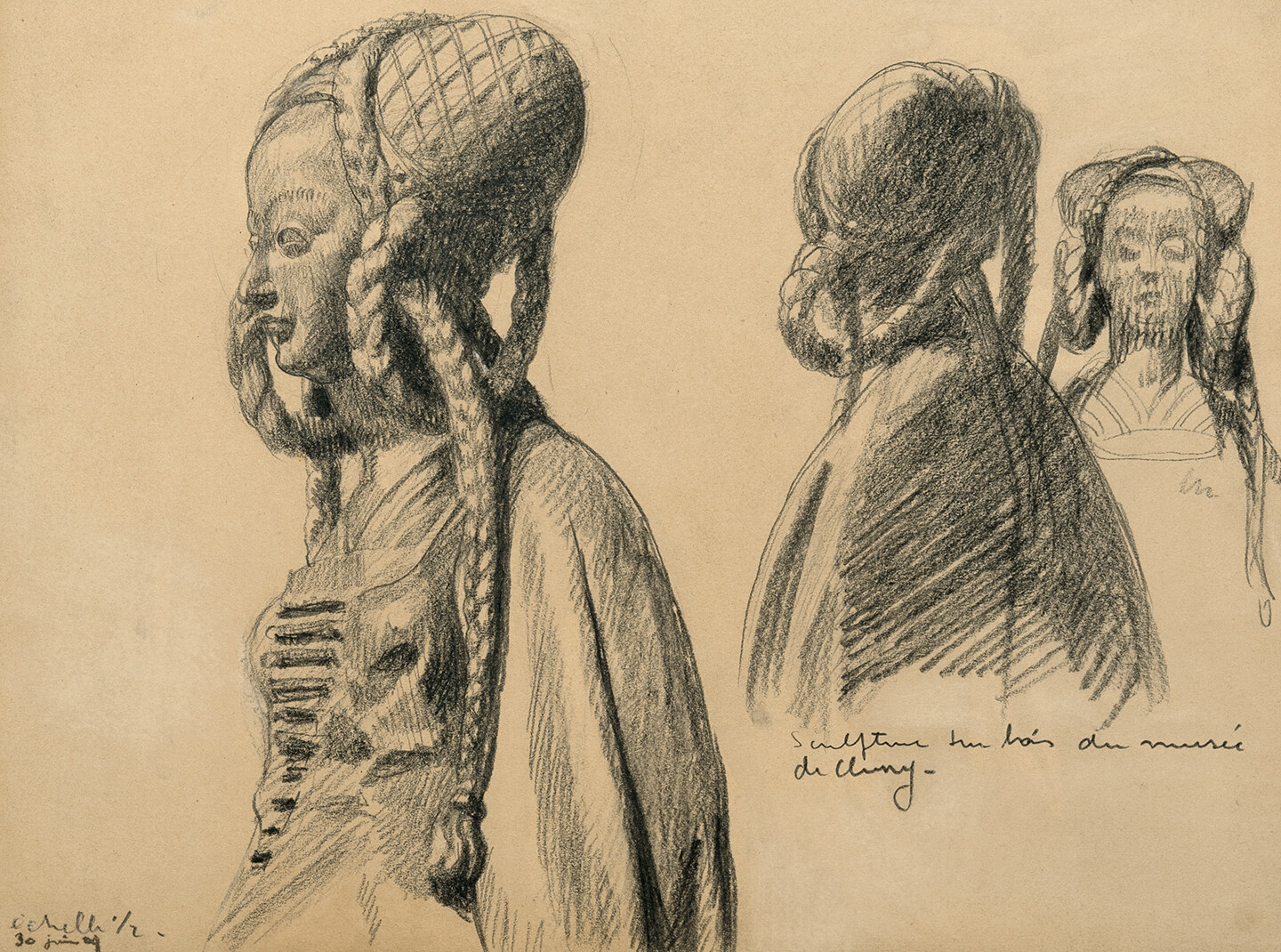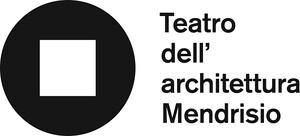September 19, 2020–January 24, 2021
Teatro dell’architettura Mendrisio
Via Turconi 25
6850 Mendrisio
Switzerland
Hours: Tuesday–Friday 2–6pm,
Saturday–Sunday 10am–6pm
T +41 58 666 58 67
info.tam@usi.ch
From Saturday, September 19, 2020 to Sunday, January 24, 2021, the Teatro dell’architettura Mendrisio presents the exhibition Le Corbusier’s early drawings. 1902-1916 promoted by the Fondazione Teatro dell’architettura, in partnership with the Accademia di architettura of the Università della Svizzera italiana in Mendrisio.
This extensive review features more than 80 previously-unpublished original drawings from public and private Swiss collections, and includes numerous reproductions of drawings from the Fondation Le Corbusier in Paris. It is being held to mark publication of the first volume of the Catalogue raisonné des dessins de Le Corbusier, edited by Danièle Pauly, published by AAM-Brussels in coedition with the Fondation Le Corbusier and thanks to the Mendrisio’s Fondazione Teatro dell’architettura contribution.
The exhibition
Curated by Danièle Pauly, this exhibition is devoted to drawings a young Le Corbusier executed between 1902 and 1916: from the year he started attending the School of Applied Arts in La Chaux-de-Fonds, his hometown, to the year before his definitive move to France and the establishment of the architectural studio in Paris.
Almost all of the drawings on display belong to private and public Swiss collections and are largely unpublished: the public will thus have for the first time the opportunity to learn about an exceptional body of rare documents.The exhibition is rounded off by a series of reproductions of original drawings and travel notebooks that Le Corbusier made during the same period.
The Teatro dell’architettura therefore welcomes the story of what determined the birth of a vocation that the young Charles-Edouard Jeanneret, the future architect Le Corbusier (1887-1965), initially thought to be that of a painter. The decisive moment in his education came when he went to study at the School of Art and Applied Arts. There, he attended watchmaking and architecture departments between 1902 and 1907, influenced by charismatic master Charles L’Eplattenier, a painter who subscribed to the ideas of John Ruskin and the Arts and Crafts movement. Other factors that strongly impacted Le Corbusier’s advancement were his experience at Auguste Perret’s atelier in Paris between 1908 and 1909, his frequent visits to museums, encounters with avant-garde European architects at the start of the 20th century, and finally, encouraged by his mentor William Ritter, his study trips between 1907 and 1911 that culminated in a long journey to the East, an experience that deeply influenced his projects in later years.
The works selected for this exhibition show the importance Le Corbusier attributed to drawing from his early days. For the architect, drawing was a way of approaching reality, an instrument for observation. This is clearly evident in the studies of nature he made from 1902 to 1905, during his early years at school. For young Charles-Edouard Jeanneret, drawing was a tool for analysis and research, as we may see from the studies he drew at Parisian museums, and from his early architectural drawings when he was at La Chaux-de-Fonds, between 1905 and 1907. For Le Corbusier, sketches and drawings were also a tool to serve memory, as we may see from his many sketches in notebooks made during his travels; they were also a means of lyrical expression, for example the watercolours and gouaches of landscapes and female nudes that he painted after his return to Switzerland in 1912.
The exhibition is divided into different sections, starting with Le Corbusier’s school years characterized by meticulous pencil drawings of naturalistic subjects, small watercolors of landscapes, decorative studies and projects of handicraft objects with Art Nouveau motifs, and then moving on to his period of travel and stays in European capitals: a trip to Italy in 1907 dedicated to studying the Middle Ages and paintings by the “primitive” Italian school, a return to Paris in 1908-1909 where he gained professional experience at the Perret brothers’ atelier, as well as studies of Notre-Dame and from the city’s many museums. He followed this with a trip to Germany in 1910, when he stayed at Peter Behrens’ Berlin atelier, and then went on a long tour of German cities, before his great initiatory journey to the East in 1911.
The final section of the exhibition showcases his return to La Chaux-de-Fonds (1912-1916), a period when Le Corbusier taught, embarked on his work as an architect, and devoted himself to painting and drawing a series of landscapes, portraits, family scenes, female nudes and still lifes, foreshadowing the main subjects of the second stage of his output, in which works of purist inspiration continued to prevail.





